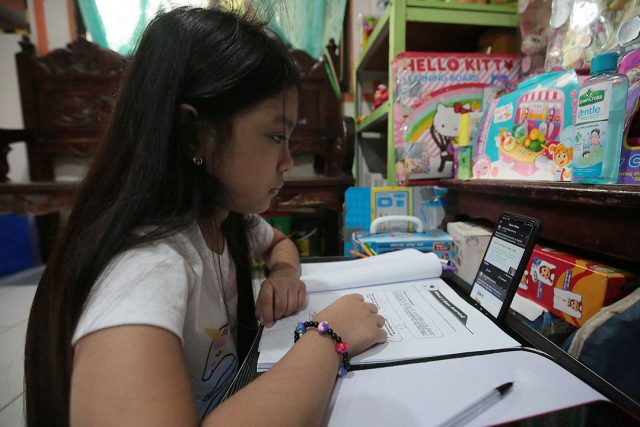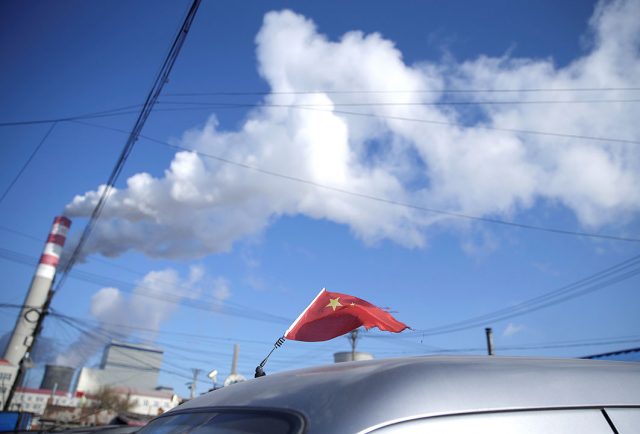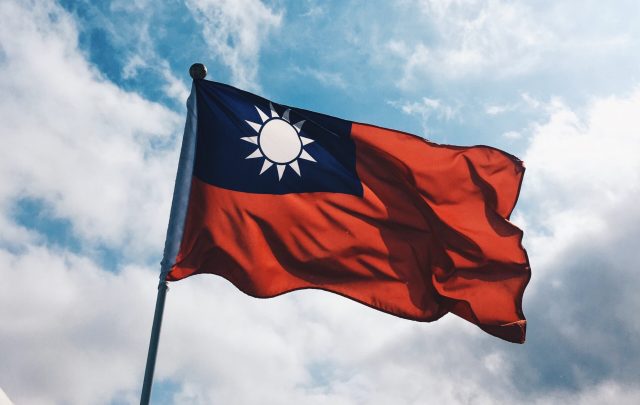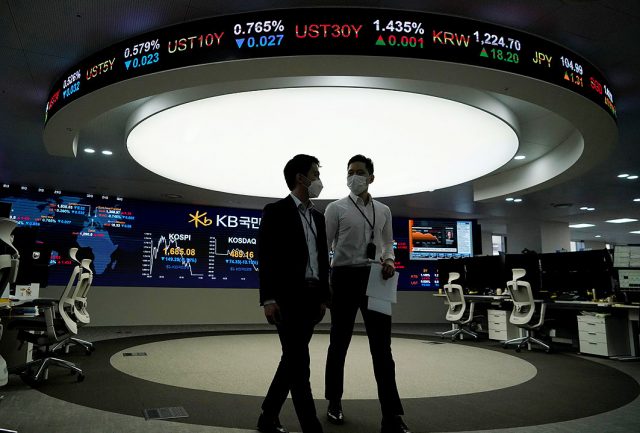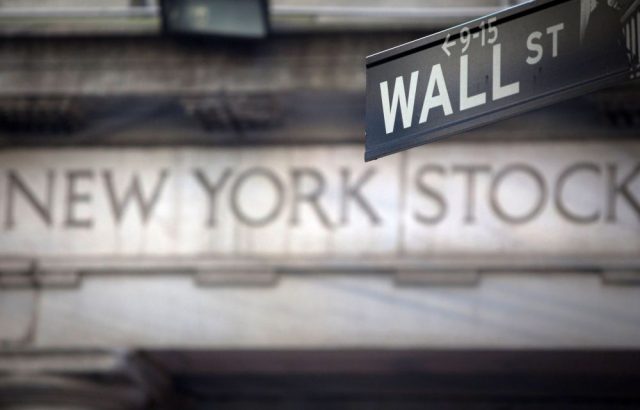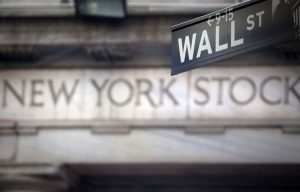Since we passed EPIRA 20 years ago, the energy sector has come a long way. It has not been a smooth journey and, understandably, mistakes have been made. We have, however, made much progress in ensuring that our country has the energy needed to power its economy, support investment, and generate jobs, and thereby improve outcomes for our people. To continue to build a sustainable and responsive energy system we must understand the role of our energy policymakers and regulators and challenges they face.
Let me start with some disclosures. I was an Undersecretary of Finance during the last two years of the Cory Aquino and the first four years of the Ramos administrations, and was involved in addressing the 1990/92 power crisis. I am currently an independent director in a diversified publicly listed holding company with major investments in power generation (both fossil fuels and renewables) and distribution.
The nation’s long term structural response to prevent a repeat of the massively costly 1990/92 crisis was the passage of the Electric Power Industry Reform Act (EPIRA; 2001), after seven years of intensive study and debate involving all stakeholders. As envisioned, private sector players are expected to deliver electricity under a competitive playing field. A critical element of EPIRA was to “break up” the business — separating those selling energy from those buying it. This transformed the energy sector into a real marketplace, which is the key to lowering energy prices while ensuring quality supply. The government’s role is to ensure market players abide by market rules to produce the competitive outcome.
Over the past two decades, much has changed. The once stable power sector has been disrupted by a number of forces, resulting in higher levels of uncertainty for market participants and stakeholders.
The market liberalization set in motion by EPIRA is alone a challenge, but accelerating technology curves, and elevated expectations around environmental sustainability have increased the complexity of our energy system. As the system evolves, our regulators also need to evolve to maintain their ability to manage the system.
As we approach elections and tackle near-term challenges such as thinness in energy supply, we must reflect on our experiences and craft a long-term vision for the industry. This includes a future vision for our energy sector public institutions. I would like to put forward a few reflections for your consideration.
First, our policy-makers and regulators must ensure a focus on the long-term, especially when the short-term political stakes are high. In the slow-moving energy industry, decisions can be made fast but the consequences of those decisions — whether positive or negative — will not emerge for years. This environment can be challenging for public leaders whose performance is measured in real-time by the Twitterati. It is often easier to address the short-term political pressures at the expense of the long-term health of the system.
Case in point are the decisions to impose price caps on the wholesale market twice over. Price controls are an effective way to reduce prices in the short term and to respond to a burst of public criticism, but in the context of a free market, where pricing signals encourage or discourage new investment, they can distort the market and unintentionally result in supply gaps in peaking capacity.
Fortunately, it is not too late to fix this. The price caps can be withdrawn and the market can be allowed to work as designed.
It must also be said that our regulators have demonstrated the necessary foresight and restraint needed to manage such a complex industry. The repeated resistance to the idea of retroactive changes to distribution rates has provided market participants with confidence that the sanctity of commitments will be protected and is paramount in an environment where large-scale, long-term capital investments are necessary. These decisions that put the long-term interests of the country and its energy stakeholders ahead of the popular (or perhaps more aptly, populists) interests of today are the foundations for a successful long-term energy system.
To address the underlying tension, however, we must hold our energy institutions to a higher standard and insulate them from political pressure, much as we have with the Banko Sentral ng Pilipinas (BSP). The BSP has evolved over time to be recognized both here and globally for excellence of its independent and non-politicized stewardship of the monetary system and supervision of banks and other financial institutions for price stability and development.
Electricity is arguably as critical to the day-to-day health of our country as banking. Perhaps there are lessons for the energy sector to draw from our institution-building experience in the financial sector.
Secondly, we must ensure we match the capabilities and strategies of our public institutions to meet the challenges of the job at hand, not use blunt, heavy-handed regulation as a means of avoiding the complexity of the job.
Today, the electricity value chain includes varying levels of industry structure and market power. The power generation sector is competitive and includes a diversity of market mechanisms that allow the buying and selling of electricity to occur. The transmission line sector, on the other hand, is a single nationwide monopoly that is tasked with connecting our power plants to our distribution networks and contracting power reserves. The low voltage distribution sector is composed of jurisdictional monopolies that transmit power to our homes and businesses.
The diversity of market participation, market design, and market power across the value chain makes the job of regulation and management a difficult one. It requires a high level of sophistication in organizational design, capability, and culture.
Fundamentally, the approach to regulating natural monopolies should be vastly different from the approach to a competitive market. The regulator should take a hands-on approach to regulating the natural monopolies’ market power, while taking a more hands off approach, a lighter touch, in overseeing the competitive sector, allowing the market to work and focusing instead on long term guidance and market optimization that increases competition and market responsiveness.
Since the onset of EPIRA, unfortunately, our regulators have done the reverse, taking what seems to be a hands-off approach to the least competitive segment of the value chain, the transmission line segment, and an overly hands-on approach to the most competitive segment of the value chain, the generation segment.
This is evidenced in the organizational structure of the regulator, whereby they have evolved to create two teams called the Investigation and Enforcement Division to police the generation and distribution segments, but have not established one for the transmission line segment. This may partially explain why numerous documented cases of non-compliance to franchise and other regulations by the National Grid Corporation of the Philippines (NGCP) have yet to be enforced.
On the unregulated end of the spectrum, gencos are required to obtain 326 signatures to build a new power plant. Once built, they have to undergo a burdensome process of Certificate of Compliance renewal every five years, lest they cannot continue the operations of their power plant. This is in stark contrast to the 25-year franchise renewal process of monopolies such as NGCP. This approach of trying to regulate what is designed to not be regulated has had the unintended consequence of increasing the level of uncertainty in the operating environment. This in turn is dampening investor confidence and increasing the costs of compliance.
As I look ahead into the future of the energy industry in the Philippines, my hope is that we as a country are able to come together to develop the foresight, the political will, and the institutional capability necessary to make the challenging tradeoffs involved in navigating the complex issues facing the energy industry.
As stewards of the future, we owe it to the next generation to take the long view and to have the clarity of vision and the courage to take the necessary, even if unpopular, actions along the way.
Romeo L. Bernardo was finance undersecretary during the Cory Aquino and Fidel Ramos administrations.
romeo.lopez.bernardo@gmail.com





